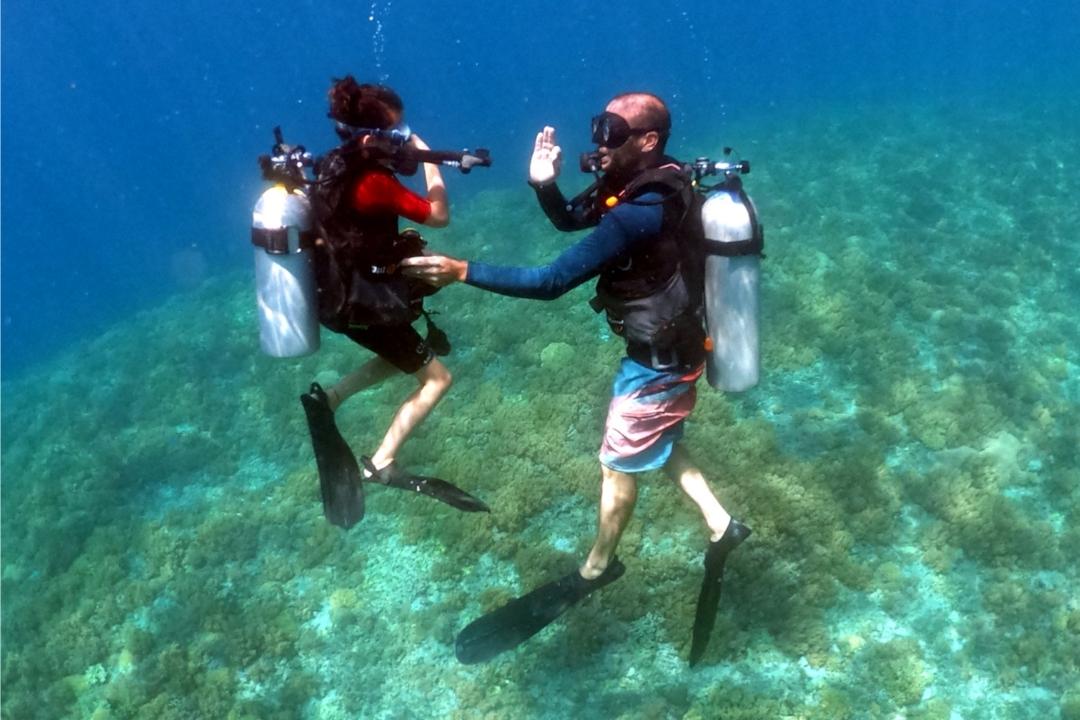Diving in Australia offers some of the most spectacular underwater experiences in the world. From the Great Barrier Reef to the diverse marine life along the coast, the Land Down Under boasts a myriad of underwater wonders waiting to be explored. However, before you embark on your underwater adventure, it’s crucial to choose the best diving gear for your needs. In this article, we’ll delve into the key factors to consider when selecting your diving equipment in Australia.
Understanding Your Diving Environment
The first step in choosing the right diving gear is understanding the environment you’ll be diving in. Australia offers a wide range of diving locations, each with its unique characteristics. Whether you’re exploring the warm waters of the Great Barrier Reef or the colder depths of the Southern Ocean, your gear should be tailored to the specific conditions.
In warmer waters, a wetsuit or a shorty might suffice, but for colder regions, a dry suit with proper thermal insulation is essential to prevent hypothermia. Knowing the water temperature, visibility, and the types of marine life you’ll encounter will help you select the appropriate exposure protection and gear.
Selecting The Right Type Of Diving Gear
Diving gear encompasses a wide range of equipment, from masks and snorkels to tanks and regulators. Choosing the right type of gear depends on your diving preferences and experience level. If you’re just starting, renting equipment or buying a basic snorkelling set might be sufficient.
However, if you’re a seasoned diver looking to explore deeper depths, investing in high-quality scuba gear becomes essential. A complete scuba diving kit typically includes a mask, snorkel, fins, wetsuit or drysuit, BCD (Buoyancy Control Device), regulator, tanks, and accessories like dive computers and dive lights. Ensure that your gear matches your diving goals and skill level.
Safety First: Quality And Fit
When it comes to diving gear, safety should always be your top priority. Quality and proper fit are paramount to ensure a safe and enjoyable dive. Inferior equipment can lead to accidents underwater, which can be life-threatening. Look for gear that meets industry standards and has undergone rigorous testing.
Additionally, ensuring a proper fit is essential for your comfort and safety. Ill-fitting masks, fins, or wetsuits can cause discomfort and potentially lead to issues like leaks or cramps while diving. Take the time to try on and test your equipment before making a purchase, and consider getting professional assistance to ensure everything fits perfectly.
Budget Considerations And Value
Diving gear can be a significant investment, but it’s not an area where you should cut corners. While it’s tempting to go for the cheapest options, quality gear will ultimately save you money in the long run. High-quality equipment tends to be more durable, reliable, and safer, making it a better value for your investment.
That said, it’s important to set a budget that aligns with your diving aspirations. High-end gear may be unnecessary for casual divers, but for those planning frequent or advanced dives, investing in top-tier equipment can greatly enhance your underwater experiences. Consider your budget carefully and prioritize quality and functionality over price alone.
Brand Reputation And Reviews
To make an informed decision about your diving gear, it’s crucial to research reputable brands and read reviews from fellow divers. In Australia, there are several well-established brands known for their quality and reliability in producing diving equipment. Seek out recommendations from experienced divers and online forums to gather insights into the best brands and models for your needs.
Reading product reviews can also provide valuable information about specific gear. Pay attention to reviews that discuss durability, comfort, ease of use, and overall performance. Keep in mind that what works for one diver might not work for another, so consider your individual preferences and requirements when evaluating reviews.
Maintenance And Care
After investing in diving equipment, proper care and maintenance are required to maintain its longevity and functionality. After every dive, give everything a thorough rinse and drying because exposure to sunshine and saltwater can harm your equipment. Store your equipment in a cool, dry place to protect it from the sun and extreme heat.
Check your equipment frequently for indications of wear and tear, and take quick action to fix any problems. Service your scuba equipment as recommended by the manufacturer or a qualified technician to ensure it remains in optimal working condition. Neglecting maintenance can lead to equipment failures and pose risks during dives.
Conclusion
Choosing the best diving gear in Australia requires careful consideration of your diving environment, gear type, safety, budget, brand reputation, and maintenance practices. By prioritizing safety and quality and taking the time to research and test your equipment, you can embark on your underwater adventures in Australia with confidence, knowing you have the right gear for the job. Australia’s underwater wonders await, so gear up and dive in!





Be First to Comment